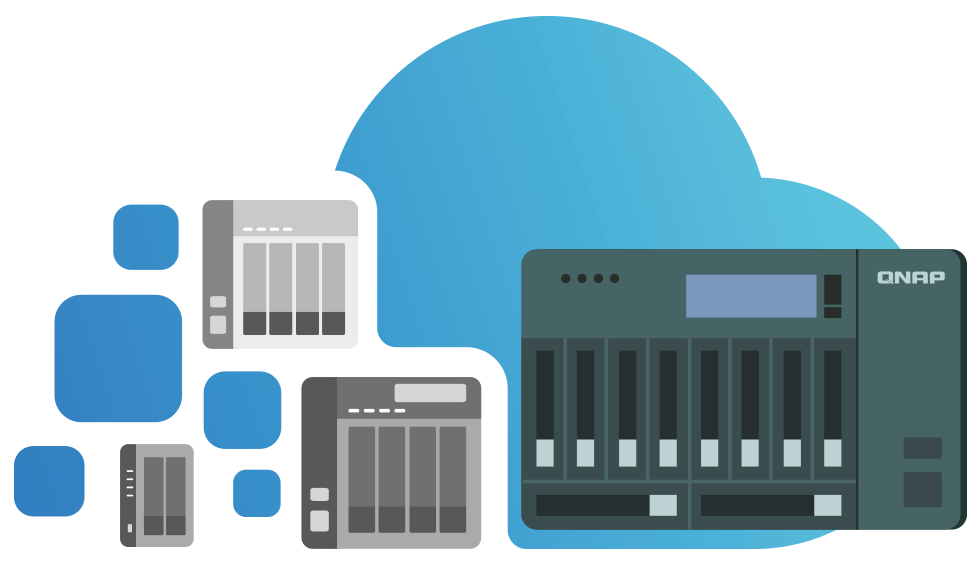NAS (Network-Attached Storage)! 🗄️

Let’s create your first local drive!
At the beginning of this year, two situations aligned, my cloud drive reached 80% of use and I had a feeling that I should practice my technology skills more often, outside of my work hours, so I decided to create my first home server, the initial idea would be to have a NAS, a place where my wife and I could easily backup photos, videos and documents without worrying about storage.
From that moment on, doors opened and I discovered an incredible universe of open source applications that could be hosted on your own home server and that solved various day-to-day problems efficiently.
- Tired of lots of ads when you try to read the news? It is possible to block almost all of them and on all devices connected to your Wi-Fi, and this even adding more security to which pages you access.
- Do you need a safe place to store your passwords and don’t trust all this control to a third party company? You can host your password vault yourself.
- Or still tired of titles being removed from your favorite stream? It is possible to have your own local streaming service, with your favorite films and series.
Anyway, these are just a few examples, but there are several features you can have and still train your DevOps skills.
In this first post I will address some cheap alternatives to get started in this world, but bear in mind that it is a path of no return and extremely addictive!
A decision that I consider I made right was to start by purchasing a NAS server, instead of creating my own, for everyone who wants to store photos, videos, documents and large files I believe this is a great option, it is usually cheaper, simpler to use. configure, safer (IT IS ALWAYS NECESSARY TO PAY ATTENTION WHEN EXPOSING AN ONLINE SERVER, I RECOMMEND STARTING BY EXPOSING IT ONLY ON YOUR LOCAL NETWORK REGARDLESS OF THE PATH YOU START) and it is a great POC to understanding if you intend to spend more time with this “hobby” or not.
If you look for the main NAS brands (Synology, QNAP, Asustor…) you will notice that there are few differences between them, but one point to pay attention to is security, as I already mentioned, I do not recommend exposing your files to the internet, but rather keep them only available on your local network, that’s the way I use it, whenever I get home I can back up all important files and I believe it is a great solution balancing convenience and security.
Below I would like to recommend some products, if you choose a NAS I recommend that you pay attention to the processor and RAM, this will be decisive for the number of services you can host locally.
- Synology usually has a higher price compared to its competitors or offers less RAM/processor, but it is the one with the most intuitive interface and fewer leaks or security problems.
- As for QNAP, I think it is in the middle, it is possible to find a good configuration at a good price and they are usually quick to resolve security issues, the interface is not that beautiful but it is functional.
- Another alternative similar to QNAP is Asustor, it is a newer brand, they have an easy-to-use interface and there were not many associated security problems.
- And finally I would like to mention Terramaster, among all the previous ones I believe it is the one that delivers the least things “ready” to the user, so you will have to spend more time configuring and pay more attention to security, but there are many great customizations available and great options considering hardware-price.
And if, after reading all this, you are not convinced that it’s amazing to store by yourself your files or prefer to focus on hosting only services, I recommend you take a look at mini PCs, several companies sell second line PCs for an interesting price, which ends up being more worth it than boards like Raspberry Pi and with low energy consumption, and if you go this route I recommend that you buy from a store like Amazon, because if you have a problem there is always the option of returning/repairing the device.
That’s it for a first post, if you already have experience with home server feel free to add a comment with your experience in this world.
